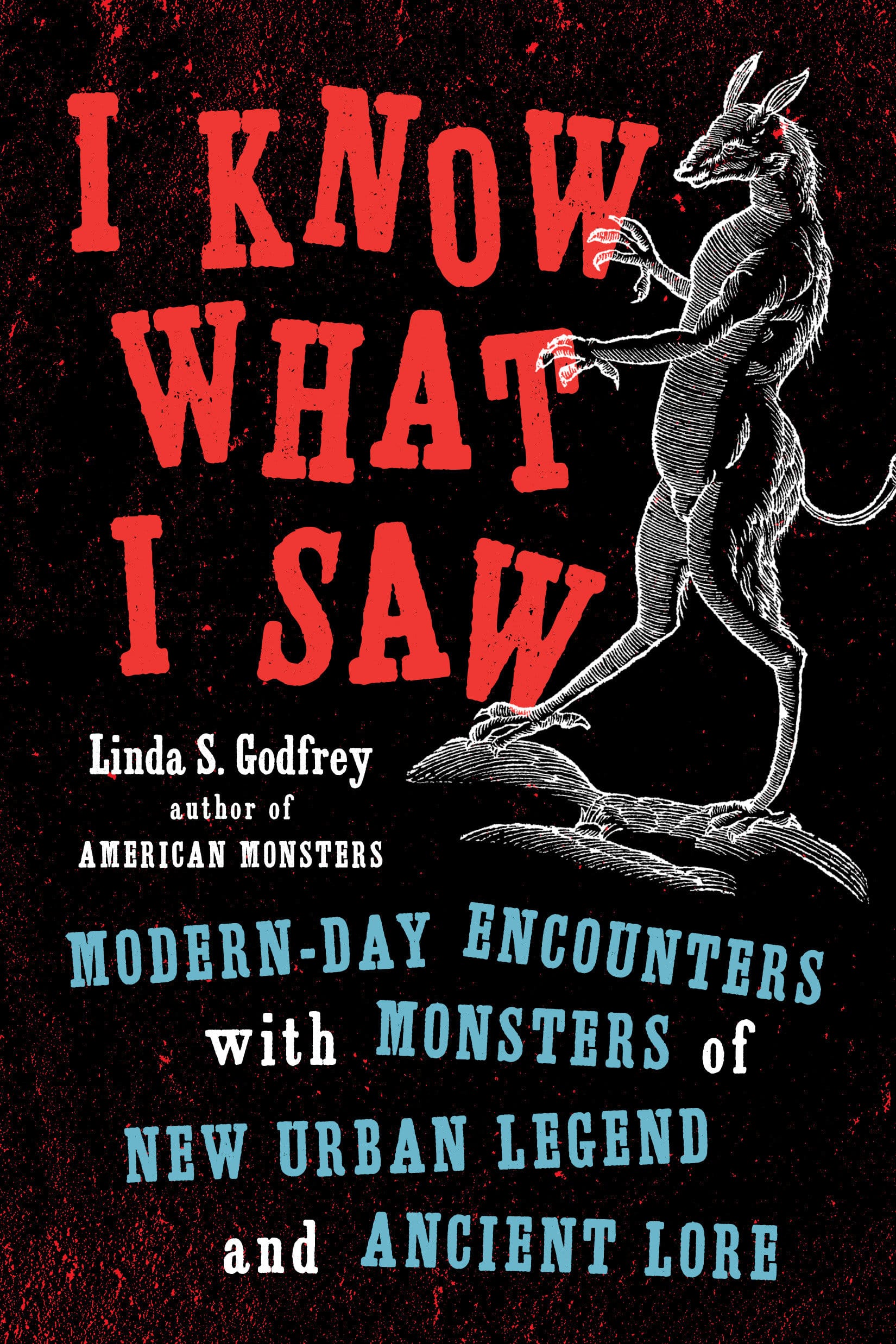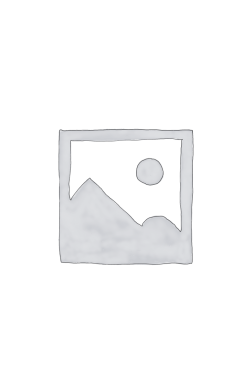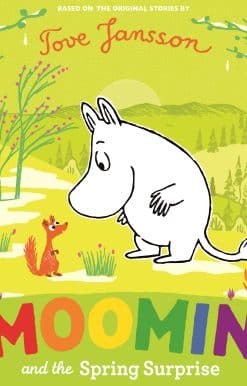No gift registry found click here to create new registry
Cart contain Gift Registry Items cannot add products
I Know What I Saw: Modern-Day Encounters with Monsters of New Urban Legend and Ancient Lore
15.00 JOD
Please allow 2 – 5 weeks for delivery of this item
Add to Gift RegistryDescription
Which came first–the monster or the myth? Journalist Linda Godfrey investigates present-day encounters with mysterious creatures of old.The monsters of ancient mythology, folklore, and more contemporary urban legend have long captured the popular imagination. While most people in America today relegate monsters to just that–our imaginations–we continue to be fascinated by the unknown. Linda Godfrey is one of the country’s leading authorities on modern-day monsters and has interviewed countless eyewitnesses to strange phenomena. Monsters evolve, taking on both new and familiar forms over time and across cultures. In this well-researched book, Godfrey explores uncanny encounters with werewolves, goatmen, Bigfoot, and more.In more than twenty-five years spent “chasing” monsters, Godfrey has found that it often remains unclear whether the sightings are simply mistaken animals, hoaxes, or coincidence. When all the speculation is said and done, one question remains for fans and researchers: Are the creatures “real,” or are they entirely “other-world?” Godfrey suspects that it isn’t an either/or question–our reality operates on a scale from dense matter to realms the human eye cannot see. As Godfrey investigates unexplained phenomena, her search for answers will fascinate casual observers and enthusiasts alike.
Additional information
| Weight | 1.69 kg |
|---|---|
| Dimensions | 2.6 × 13.97 × 2.88 cm |
| PubliCanadation City/Country | USA |
| Format | |
| language1 | |
| Pages | 336 |
| Publisher | |
| Year Published | 2020-8-4 |
| Imprint | |
| ISBN 10 | 0143132814 |
| About The Author | Linda S. Godfrey is one of America's foremost authorities on modern-day monsters. She is the author of more than a dozen books, including Monsters Among Us, American Monsters, Real Wolfmen, and Weird Michigan. A popular media personality, she has appeared on MonsterQuest, Inside Edition, and Coast to Coast AM, among other programs. |
"A striking collection of cryptozoological creatures and fantastical folklore from North America…. This quirky, deeply researched guide will be a great resource for monster hunters."—Publishers Weekly"It seems that there are still bits of the 'goblin universe' out there—Goat Men, Puckwudgies, Spook Pooches and more. Ms. Godfrey gives an admirably tantalizing but evenhanded guide to them."—Wall Street Journal “The shadowy realm of monsters and weird human-animal hybrids is not limited to the ancient, dusty past, but exists right alongside us today, revealing itself in terrifying ways. There is no better navigator through this bizarre and scary landscape than Linda S. Godfrey, one of the most outstanding researchers in the cryptid field. This book will both thrill and chill you." —Rosemary Ellen Guiley, author of The Encyclopedia of Angels"The most frightening monsters you can imagine may be lurking in your own backyard. In this unsettling collection of testimonials and anecdotes, veteran monster-hunter Linda Godfrey shows how ancient myths and indigenous legends inform modern sightings of walking wolves, dire dogs, deer people, and other strange beasts in rural America. You will think twice before driving down a country road at night after reading this book."—Scott G. Bruce, editor of The Penguin Book of the Undead and Professor of History at Fordham University"Linda Godfrey continues to position herself as a much-needed journalistic voice in an often overlooked subject. I Know What I Saw presents not just a fascinating, terrifying, scintillating series of spooky stories, but begins to pull at the strings that tie together some of the greatest mysteries of all time. Do real monsters exist? The answer might shock you."—Seth Breedlove, filmmaker at Small Town Monsters"From ancient burial mounds to mysterious woods, reports surface of strange creatures that seem to be flesh and blood, but that, paradoxically, have supernatural abilities. Come with Linda Godfrey as she seeks for answers to the mystery and skillfully guides us through the monstrous mayhem!" —Nick Redfern, author of The Bigfoot Book |
|
| Excerpt From Book | The study of folklore is a scholarly discipline equal to any other and commands its own field of inquiry. The good news is there will be no pop quiz here. I’m strictly an amateur folklorist myself. But like any subject pinned down and formalized by academia, folkore has its own accepted lingo. Luckily, the short list will do for our purposes. But the terms—f olklore, legend, and myth— are not as interchangeable as casual users might think. And merely pasting the correct label on the story type of a creature encounter won’t prove the true nature of that cryptid. The folklore/legend labels are simply tools to help us categorize things that lounge beyond our comprehension— things such as, perhaps, legends of meat hooks guarded by dog women, to be examined in our next chapter. But before we run off with a pack of hounds to bay at Pennsylvania’s October moon, let’s go over the basic categories. Legends are stories from the past, ranging from far ancient times to mere decades or less. The stories are told as if based upon the experiences of some actual (if unknown) person or group of persons, and are sometimes still alleged to be occurring. They may contain an element of the supernatural, such as the Loch Ness– type situation that popped up in 1892 in Lake Geneva, Wisconsin, and lasted for at least a full decade. The resort town near the Wisconsin- Illinois border became famous for modern-day sightings of a huge lake serpent spotted by area residents and tourists in the city’s springfed Geneva Lake, one of the state’s deepest bodies of water. (The city and lake are distinguished by the word order of their respective titles.) According to reports, the sinuous, scale-covered creature chased groups of boaters and was witnessed by a well-respected minister from nearby Delavan, the Reverend M. N. Clark. Some witnesses estimated the serpent’s length as equal to that of a familiar lake ves-sel, the Steamship Aurora, which measured sixty-five feet! Residents nicknamed the serpent Jenny (or Genny). Area newspapers recorded some incidents viewed by multiple witnesses. An article in The Milwaukee Sentinel reported one sighting by no fewer than six people in September 1902. The mystery creature disappeared soon after that date, fading with the tourist season, her origin and escape route still unknown. Perhaps as boat traffic became heavier, the lake could no longer protect creatures that needed to stick their long necks out of the water for air. But legends explaining where she might have gone already existed in the area. Jenny wasn’t the first outsize gigantic creature believed to swim in Geneva Lake. She was preceded by ancient legends of other lake monsters taken as a matter of course by the town’s former residents, the Potawatomi, the last native tribal people to live on the shores of the seven- and- a- half- mile- long lake. Area chronicler Paul B. Jenkins and other local historians recorded local Na-tive belief in several different water monsters, including a great, horned water serpent much like Jenny; a giant fish; and the strange water panther, or water spirit. (More on the latter creature later.) Incidentally, the Potawatomi leader at that time was known as Chief Big Foot. This name had nothing to do with the large, hairy, humanlike creature now popularly called Bigfoot, a term that didn’t come into use in that sense until the 1960s or so. The chieftain’s name was said to have come from the large footprints he left by walking in snowshoes, or in mud that spread out and enlarged his tracks—whichever version you choose to believe. But he is the reason why near the Wisconsin-Illinois border, you’ll find a small community named Big Foot, a Big Foot High School in the city of Walworth, a Big Foot Archery Club, and other places and things intended to honor the displaced chieftain. His footprints became a legend in their own way. The lake monster stories told by the Potawatomi and other area First Nation folk were also published in a series of pamphlets by Charles E. Brown1 and Dorothy Moulding Brown in the Wis-consin State Historical Society from the late 1920s to the early 1940s. This was twenty to forty years after the decade-long lake monster flap in Geneva Lake (and many other Wisconsin lakes, as well), which showed that sightings of the aquatic creature weren’t inspired by the Browns’ later published stories. To complicate the origins of these legends, the stories of bat-tles between the water panther, lake serpent, and thunderbird are widespread in the lore of various Midwestern Native people, and may have been known to Big Foot’s Potawatomi band before they moved to southeastern Wisconsin from the western shores of Lake Michigan around 1700 to 1800. For all we know, Big Foot’s people may have localized the older story to fit their own observations of Geneva Lake. But that does not make the legend any less important, just more universal. And it is always thrilling to find a universal truth living in your own backyard.We may trace Jenny the Lake Monster, then, from very old indigenous legend, to fairly contemporary sightings in the early 1900s, to written versions recorded by folklorists a decade or more after the sightings ended. With such strong oral and written back-ground, the Jenny sightings really do seem like legends come to life. So who saw her first, Big Foot’s band, the turn-of-the-century tourists, or more ancient native inhabitants of Geneva’s shores? If only we knew how long the sightings had been occurring, we might be able to associate the correct ancient lake monster legend with the modern Jenny. But given the time frame of the sightings, Jenny could also technically glide into the subject of our next category. . . |
Only logged in customers who have purchased this product may leave a review.
Related products
-
On backorder 2-5 Weeks to Arrive
Add to Gift Registry -
Low stock
Add to Gift Registry -
On backorder 2-5 Weeks to Arrive
Add to Gift Registry14.99 JOD -
On backorder 2-5 Weeks to Arrive
Add to Gift Registry7.99 JOD






Reviews
There are no reviews yet.